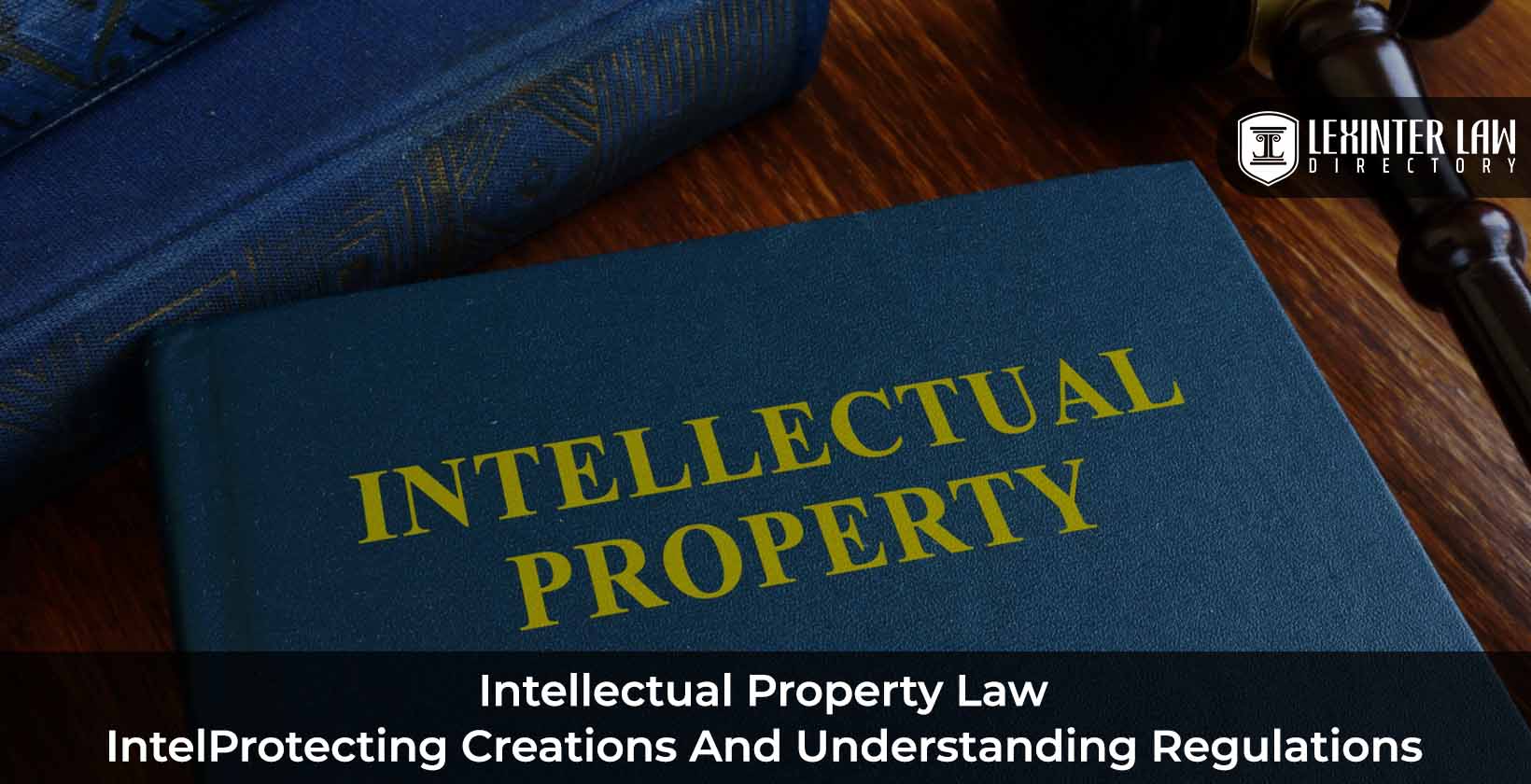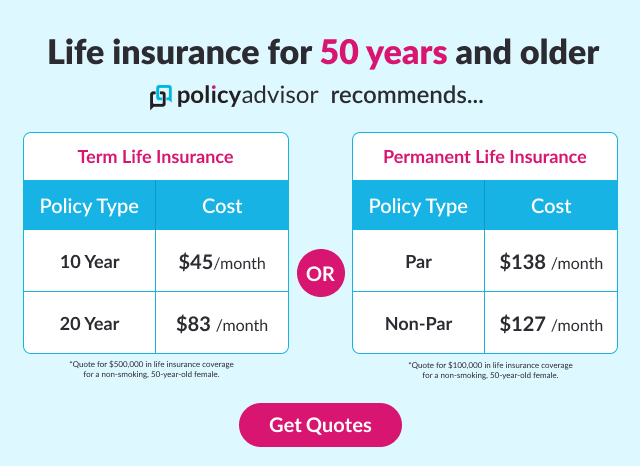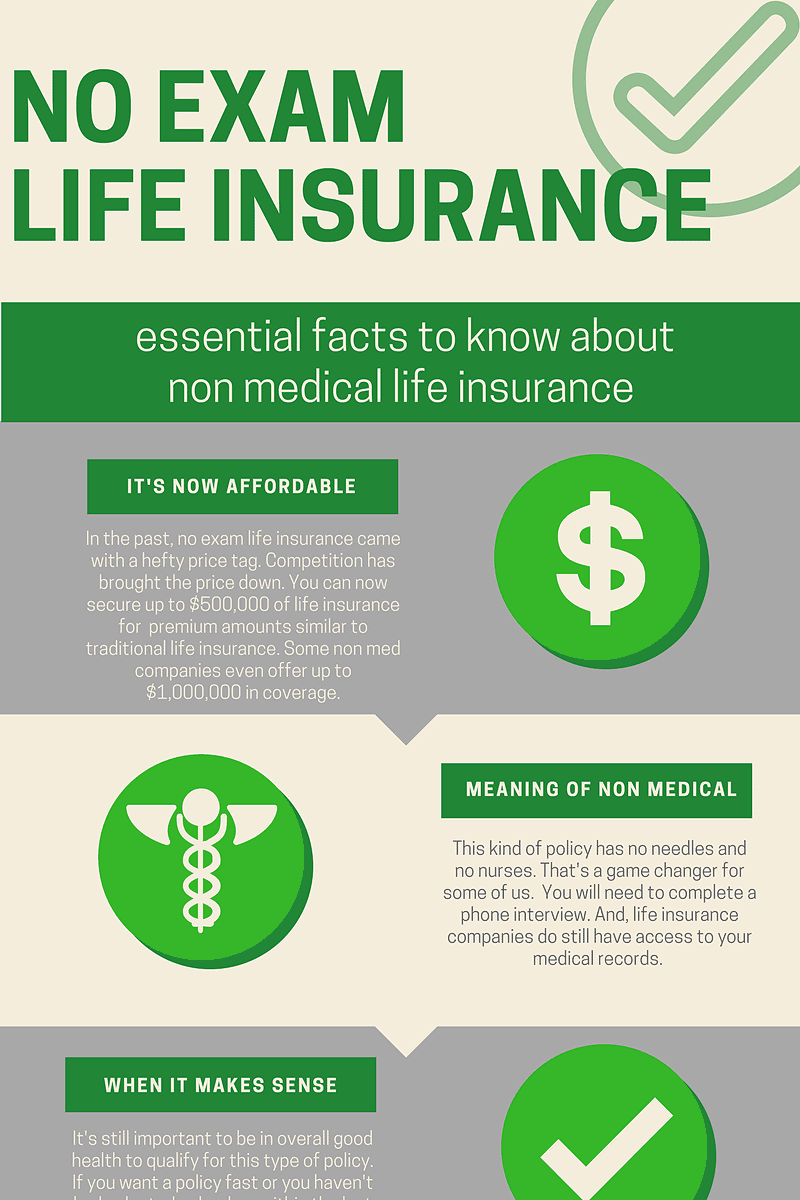Car Accident Negligence: Proving Fault and Pursuing Compensation
Picture this: You’re cruising along, minding your own business, when out of the blue, BAM! Your car gets hit. You’re shaken, your car’s a wreck, and you’re wondering who’s going to pay for this mess. If you suspect the other driver was acting negligently, it’s essential to establish fault to pursue compensation for your injuries and damages.
Establishing Negligence
Negligence is the legal term used when someone fails to act reasonably, resulting in harm to another person. In a car accident case, negligence can be proven by showing that the other driver breached their duty of care to you, which all drivers have. This duty of care includes obeying traffic laws, driving at a safe speed, and being attentive to the road. When a driver violates these duties and causes an accident, they can be held liable for the damages they caused.
To establish negligence, you’ll need to gather evidence that supports your claim. This can include witness statements, police reports, photos of the accident scene, and medical records documenting your injuries. You may also need to hire an accident reconstruction expert to determine how the accident occurred.
Proving Damages
Once you’ve established negligence, you’ll need to prove the damages you suffered as a result of the accident. Damages can include medical expenses, lost wages, pain and suffering, and loss of enjoyment of life. To prove your damages, you’ll need to provide documentation such as medical bills, pay stubs, and a journal detailing your pain and suffering.
Pursuing Compensation
If you’ve been injured in a car accident caused by someone else’s negligence, you deserve to be compensated for your losses. An experienced personal injury attorney can help you file a claim with the at-fault driver’s insurance company and negotiate a fair settlement on your behalf. If a settlement cannot be reached, your attorney can file a lawsuit to seek compensation for your damages.
What Is Car Accident Negligence?
Ahh, the dreaded car accident. It can leave us feeling shaken, confused, and uncertain of what to do next. If you’ve been involved in a car accident, it’s natural to wonder if the other driver was negligent. Negligence is a legal term used to describe when someone breaches their duty of care, causing harm to another person. In the context of car accidents, negligence can refer to a driver’s failure to act reasonably, leading to an accident and resulting in injuries or property damage. Proving negligence can be a complex process, but it’s an important step in seeking compensation for your damages.
Elements of Negligence
So, what exactly does it take to prove negligence in a car accident case? There are four key elements that must be established:
Duty of Care
Firstly, you need to show that the other driver owed you a duty of care. This means that they had a legal obligation to act responsibly towards you while operating their vehicle. All drivers have a duty of care to other road users, including drivers, passengers, pedestrians, and cyclists.
Breach of Duty
Next, you need to demonstrate that the other driver breached their duty of care. This means that they acted in a negligent way that caused the accident. There are many different ways in which a driver can breach their duty of care, such as driving under the influence of alcohol or drugs, speeding, failing to obey traffic signals, or driving while distracted. In some cases, a driver may also be negligent if they fail to take reasonable steps to prevent an accident, even if they did not directly cause it.
Causation
The third element of negligence is causation. You need to prove that the other driver’s breach of duty caused the accident and your resulting injuries or damages. This can be a complex issue, especially in cases where there are multiple factors that contribute to an accident. However, it’s essential to establish a clear link between the defendant’s negligence and the plaintiff’s injuries.
Damages
Finally, you need to show that you suffered damages as a result of the accident. Damages can include medical expenses, lost income, pain and suffering, and property damage. In some cases, you may also be entitled to punitive damages, which are designed to punish the defendant for their particularly reckless or malicious behavior.
Car Accident Negligence: A Comprehensive Guide to Proving Fault
Car accidents are often traumatic events that can leave victims with serious injuries, emotional distress, and financial burdens.Negligence plays a pivotal role in determining liability in these cases, and understanding the concept is crucial for pursuing compensation and seeking justice.
Negligence is the failure to exercise reasonable care, resulting in harm to others. In the context of car accidents, negligence can arise from various actions or omissions that violate established standards of conduct. These standards are typically defined by traffic laws, regulations, and common sense.
Breach of Duty
A breach of duty occurs when a driver fails to meet the expected standard of care. This can manifest in various ways, such as:
- Speeding: Driving at excessive speeds increases the risk of accidents and can constitute a breach of duty.
- Distracted driving: Using cell phones, texting, or engaging in other activities that divert attention from driving can lead to a breach of duty.
- Failing to yield: Disregarding traffic signals, stop signs, or yield signs can result in a breach of duty and cause accidents.
- Impaired driving: Driving under the influence of alcohol or drugs significantly impairs judgment and reaction time, constituting a clear breach of duty.
- Reckless driving: Engaging in dangerous maneuvers, such as weaving in and out of traffic or running red lights, demonstrates a willful disregard for the safety of others and constitutes a breach of duty.
Establishing a breach of duty is essential in proving negligence in car accident cases. It involves demonstrating that the driver’s actions or omissions fell short of the expected standard of care.
Car Accident Negligence: A Comprehensive Guide
When a car accident occurs, it’s crucial to determine whether negligence was a factor. Negligence is the breach of a legal duty that results in harm to another person or their property. In the context of car accidents, negligence can take many forms, such as speeding, running a red light, or failing to yield the right of way.
Elements of Negligence
To prove negligence in a car accident case, the plaintiff must establish four elements:
-
Duty of Care: The defendant owed a legal duty of care to the plaintiff. This duty can arise from a variety of sources, such as the law, a contract, or a social relationship.
-
Breach of Duty: The defendant breached their duty of care by acting or failing to act in a reasonable manner.
-
Causation: The defendant’s breach of duty directly caused the accident and the resulting injuries or damages suffered by the victim.
-
Damages: The plaintiff suffered damages as a result of the accident, such as medical expenses, lost wages, pain and suffering, or property damage.
Causation
Determining causation in car accident negligence cases can be complex. The plaintiff must show that the defendant’s breach of duty was a "but-for" cause of the accident, meaning that the accident would not have occurred but for the defendant’s actions.
In other words, the plaintiff must show that the defendant’s negligence was a substantial factor in causing the accident. This can be challenging in cases where multiple factors contributed to the accident, such as bad weather or another driver’s negligence.
Additional Considerations
In addition to the four elements of negligence, there are several other factors that can affect the outcome of a car accident case. These include:
- Contributory Negligence: If the plaintiff was also negligent in some way, their damages may be reduced or even barred.
- Comparative Negligence: Some jurisdictions allow the plaintiff to recover damages even if they were partially at fault for the accident. The plaintiff’s damages will be reduced in proportion to their degree of fault.
- Assumption of Risk: If the plaintiff voluntarily assumed the risk of being injured by the defendant’s negligence, they may not be able to recover damages.
Legal Remedies
If a plaintiff is successful in proving negligence in a car accident case, they may be entitled to a variety of legal remedies, such as:
- Compensatory Damages: These damages are designed to compensate the plaintiff for the losses they have suffered as a result of the accident.
- Punitive Damages: These damages are awarded to punish the defendant for particularly reckless or malicious conduct.
- Injunctions: An injunction can be used to prevent the defendant from continuing to engage in negligent behavior.
Conclusion
Car accident negligence is a serious matter that can have a devastating impact on the lives of victims and their families. It is important for victims to understand their legal rights and to seek legal advice if they have been injured in an accident that was caused by the negligence of another person or party.
Car Accident Negligence: Understanding Damages and Seeking Compensation
Car accidents often result from negligence, leaving victims with a myriad of damages. Understanding these damages is crucial for seeking fair compensation. Economic damages, such as medical expenses and lost wages, can be substantial, covering the costs of medical treatment, rehabilitation, and income lost due to injuries. Non-economic damages, like pain and suffering, emotional distress, and diminished quality of life, are equally significant but harder to quantify.
Medical Expenses
Medical expenses are a major component of damages in car accident negligence cases. They cover the costs of emergency care, hospital stays, surgeries, medications, and ongoing rehabilitation. These expenses can accumulate rapidly, especially for severe injuries that require long-term treatment. Insurance may cover a portion of these costs, but victims may still be responsible for substantial out-of-pocket expenses.
Lost Wages
Car accidents can disrupt victims’ ability to work, leading to lost wages. Injuries may prevent them from returning to their previous jobs or performing their duties effectively. Lost wages can include not only regular earnings but also potential bonuses, commissions, and benefits. Victims may also incur expenses for transportation to and from medical appointments, which can further impact their financial situation.
Pain and Suffering
Pain and suffering damages compensate victims for the physical and emotional pain they endure as a result of the accident. This includes both the immediate pain experienced at the scene and the ongoing pain and suffering associated with the injuries. Pain and suffering damages are subjective and can vary widely depending on the severity of the injuries and the individual’s experience.
Property Damage
In addition to personal injuries, car accidents often cause property damage. This can include damage to the victim’s vehicle, personal belongings, and other property. The cost of repairs or replacement can be significant, especially for high-end vehicles or specialized equipment. Property damage damages may also include the loss of use of the vehicle while it is being repaired.
Car Accident Negligence
Car accidents are often caused by negligence. This term refers to the failure to exercise the reasonable care that a person should exercise under the circumstances. In the case of car accidents, negligence can be a factor on the part of one or more drivers, pedestrians, or other parties involved in the accident. If you have been injured in a car accident, it is important to determine whether negligence was a factor in causing the accident, as this will have a significant impact on your legal rights.
Proving Negligence
In order to prove negligence in a car accident case, you must show that the other party owed you a duty of care, that they breached that duty, and that their breach of duty caused your injuries. Duty of care refers to the legal obligation that one person has to another to avoid causing harm. In the case of car accidents, all drivers owe a duty of care to other drivers, pedestrians, and other parties on the road.
Breach of duty occurs when a person fails to meet their duty of care. In the case of car accidents, a breach of duty can occur in many ways, such as when a driver fails to yield the right of way, drives while intoxicated, or speeds. Causation refers to the link between the breach of duty and the injuries suffered. In order to prove negligence, you must show that the other party’s breach of duty was a substantial factor in causing your injuries.
Negligence Defenses
Defendants in negligence cases may argue defenses such as comparative negligence, which reduces their liability if the victim contributed to the accident, or contributory negligence, which bars recovery if the victim’s negligence was the sole cause. Assumption of the risk is another defense that may be raised in car accident cases. This defense argues that the victim voluntarily assumed the risk of injury by engaging in a dangerous activity, such as riding in a car with a drunk driver.
Statute of Limitations
It is important to note that there is a statute of limitations for filing a car accident negligence lawsuit. This statute of limitations varies from state to state, but it is typically one or two years from the date of the accident. If you fail to file your lawsuit within the statute of limitations, you may lose your right to recover damages for your injuries.
Damages
If you are successful in proving negligence in a car accident case, you may be entitled to recover damages for your injuries. These damages can include compensation for medical expenses, lost wages, pain and suffering, and other losses. The amount of damages you are entitled to will depend on the severity of your injuries and the other circumstances of your case.
Car Accident Negligence: What It Is and What to Do
If you’re involved in a car accident, it’s important to understand if the accident was caused by negligence. Negligence is defined as the failure to exercise the care that a reasonably prudent person would have exercised in the same situation. In other words, negligence is when someone fails to take reasonable care to prevent harm to others.
In a car accident, negligence can be proven by showing that the driver:
Insurance Coverage
Most drivers have auto insurance coverage that provides compensation for damages resulting from negligence. If you’re involved in an accident, you should contact your insurance company as soon as possible to report the accident and file a claim. Your insurance company will investigate the accident and determine if you are entitled to compensation for your damages.
Steps to Take After a Car Accident
If you’re involved in a car accident, it’s important to take the following steps:
What to Do If You’re Injured in a Car Accident
If you’re injured in a car accident, it’s important to seek medical attention as soon as possible. Even if your injuries seem minor, they could be more serious than you think. Once you’ve been treated for your injuries, you should contact an attorney to discuss your options for recovering compensation for your damages.
How to Avoid Car Accidents
The best way to avoid car accidents is to drive defensively. This means paying attention to the road, obeying the speed limit, and avoiding distractions such as texting or talking on the phone while driving. You should also make sure that your car is in good working condition and that you have adequate insurance coverage.
Car Accident Negligence: Understanding Your Rights
A car accident is a life-altering event, especially when it’s caused by someone else’s negligence. Navigating the aftermath of a crash can be overwhelming, leaving victims confused and uncertain about their rights. This comprehensive guide will shed light on the concept of car accident negligence, providing critical information for taking the necessary steps toward seeking justice.
What is Negligence?
Negligence in a car accident context refers to the failure of a driver to exercise reasonable care while operating a vehicle. This can manifest in various forms, such as speeding, distracted driving, running red lights, or driving under the influence of alcohol or drugs. When a driver’s negligence causes an accident, resulting in injuries or property damage, the injured party can pursue legal action to hold the negligent driver accountable.
Proving Negligence
Establishing negligence requires proving four elements: duty of care, breach of duty, causation, and damages. Duty of care refers to the legal obligation drivers have to act reasonably and avoid harming others. Breach of duty occurs when a driver fails to meet this obligation. Causation examines whether the driver’s negligence directly led to the accident and resulting injuries. Finally, damages refer to the financial losses and pain and suffering incurred by the victim.
Hiring an Attorney
Victims of car accidents involving negligence should consider consulting an attorney to protect their rights, gather evidence, and pursue fair compensation. An experienced attorney can provide guidance, negotiate with insurance companies, and represent clients in court. They can also help secure medical treatment, lost wages, and other expenses related to the accident.
Insurance Coverage
In most jurisdictions, drivers are required to carry liability insurance, which provides coverage for damages caused to others in an accident. If the negligent driver is insured, their insurance company may be responsible for compensating the victim for their losses. However, insurance coverage can be complex, and navigating the claims process alone can be challenging. An attorney can assist with filing claims and ensuring the victim receives fair compensation.
Filing a Lawsuit
If an insurance settlement cannot be reached, or if the negligent driver is uninsured, victims may consider filing a lawsuit. Filing a lawsuit can be a lengthy and complex process, but it can be necessary to obtain full and fair compensation for injuries and losses. An attorney can help prepare and file the lawsuit, represent the victim in court, and fight for their rights.
Steps After an Accident
Following a car accident, it’s crucial to take immediate steps to protect their rights:
1. Stay calm and ensure safety.
2. Call for medical attention if necessary.
3. Exchange information with the other driver(s) involved.
4. Take photographs of the accident scene.
5. Report the accident to the police.
6. Contact an attorney to discuss legal options.
Conclusion
Car accident negligence can have devastating consequences for victims. Understanding their rights and taking prompt action is essential for seeking justice and fair compensation. By exploring the nuances of negligence, hiring an attorney, and following the necessary steps after an accident, victims can empower themselves to navigate this challenging time and rebuild their lives.




Leave a Reply